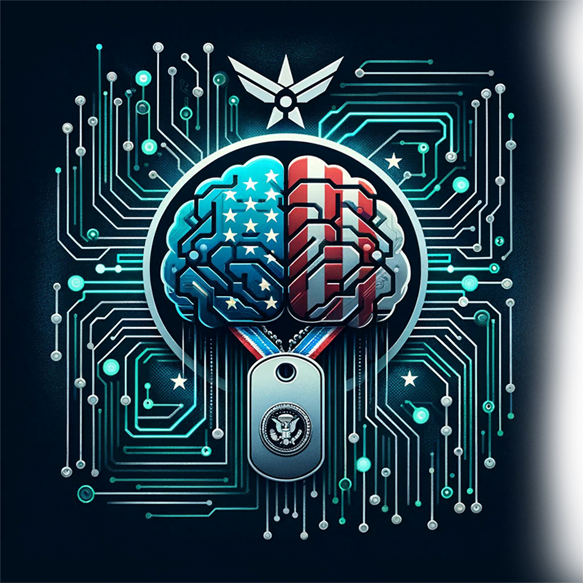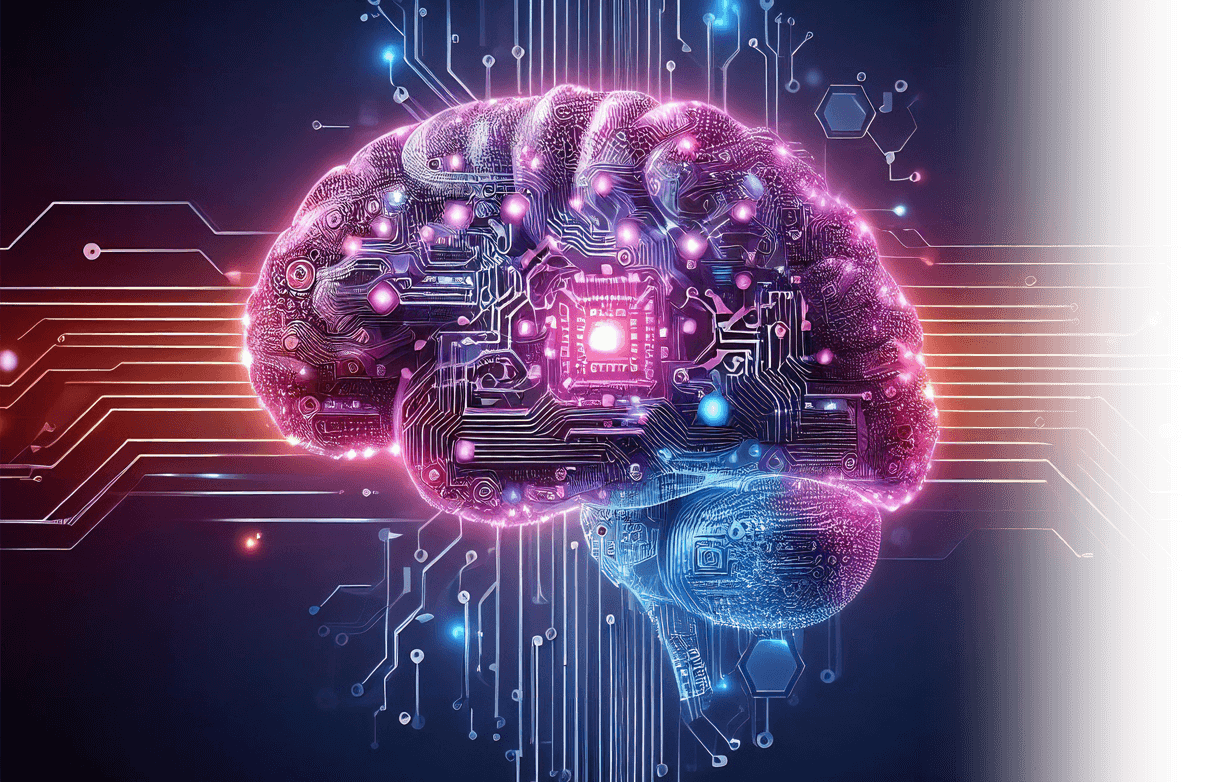
Monolith to Microservices Transformation
Develop and Deploy Business Features Rapidly
Leaving Monolith Behind
Not long ago, companies used to build desktop and web applications with a monolithic architecture. A monolithic application is a single unit that carries the responsibility to execute all the business functionalities. This included communication between client and back-end, database operations, managing HTTP requests, handling authentication, and background processes.
A single change in a monolithic system is risky; it affects the balance and integrity of the entire application. Other concerns include difficulties with scaling, lack of agility, lack of innovation, and interdependence between two or more modules.
With time it became tough to support a monolithic application, especially with the release of the latest hardware and software technologies as well as the growth of online users. As a result, companies moved towards a particular software architecture, Microservices.
Cloud Computing Technologies AI
Monolith to Microservices Transformation
This is a critical form of application modernization that allows you to finally organize all of your solutions around your business capabilities. In addition to making it far easier to both build and maintain apps, Monolith to Microservices Transformation can improve productivity and speed, can create an essential flexibility for your organization in terms of using technologies, can increase scalability and more.
These services allow us to better handle ALL phases of the software lifecycle – from planning to development to building, testing, release, deployment, monitoring and beyond. DevSecOps in particular also means that you’ll be able to leverage software updates and patching at “the speed of operations,” too – meaning that time is no longer an obstacle when it comes to getting these apps into the hands of the people who need them the most.
We’re also fully experienced with all of the tools necessary to achieve your outcomes, like Kubernetes – the open source system used to automate the deployment, the scaling and even the management of containerized applications.
But overall, the team at CCT wants to be seen as more than just another solutions provider. We want to be a true partner in your success in every sense of the term. By acting as your single point of contact when it comes to your own cloud integration, we can explain third-party cloud service level agreements, can expand on pricing models and can even help make sure that your contracts are in order.

Transforming for Innovation, Sustainability and Security
According to an IEEE study, around 58% of the time is lost on understanding the existing legacy code.
Taking a Leaf Out of Walmart’s Book
A decade ago, Walmart Canada’s online systems were failing to address customer demand, especially on Black Fridays.
Walmart was unable to process 6 million page views per minute. This was partly due to their dependence on a monolithic architecture.
The retail enterprise migrated its legacy system to a microservices architecture keeping in mind that there would be more than 4 billion people connected to the internet by the next decade. The move turned out to be successful. Soon, the following outcomes were noted:
- No downtime was experienced on major holidays like Boxing Day and Black Friday.
- The company saved up to 50% in cost savings.
- Mobile orders were increased by 98%.
Other popular companies that use Microservices include Amazon, eBay, Netflix, PayPal, and Twitter.
Transforming for Innovation and Sustainability securing future competitive advantage
What Are Microservices?
Microservices refer to a software architecture that breaks down a software into small modules, known as a microservice. Each microservice is responsible for delivering a single feature or functionality. These services are unique because they are independent. They communicate with each other using a standard protocol, such as HTTP.
When to Use CCT’s Microservices Migration Services?
We recommend moving to Microservices if you meet the following criteria.
- When you believe that your current monolithic application is missing out on agility, scalability, agility, and delivery speed.
- When you have decided to rebuild your legacy systems with modern tech stacks or programming languages to meet modern requirements.
- When you have standalone modules or business applications that are reused for various channels. Examples include search functionalities, login services, and authentication.
Modernize Your Applications with Microservices
Benefits of Microservices Architecture
- Microservices promote continuous delivery.
- It’s easy for developers to understand code because each service represents an independent, small feature.
- Automatic deployment and easy integration are available for open-source tools, such as Jenkins.
- It enables developers to write efficient, scalable, and reusable code. This way, it’s easier to scale and integrate.
- Since microservices can be split easily into multiple services, you can deploy and redeploy it without being concerned about the application’s integrity. This flexibility allows developers in taking a bolder and innovative approach to software design.
- Microservices are compatible with containers like Dockers.
- Microservices are excellent when it comes to complementing cloud processes.
- Microservices allows you to work with multiple technology stacks. This is extremely important because it ensures that you can use the right technology for the right use case. You don’t have to limit yourself to a single tech stack.
- If one microservice stops working for any reason, it doesn’t force a shutdown of other services (or business functions).
How Can CCT Help You with Microservices?
CCT’s experienced team of project managers, engineers, developers, and QA testers support a wide range of businesses, allowing them to transition from monolith to microservices transformation smoothly.
From creating a strategy to planning to dedicated Agile teams prepared to convert your vision into reality, CCT has all the resources to develop your product.
Generative AI Software Integration
Boost your business efficiency with our custom Generative AI Business Software, tailored for HR, finance, sales, event management, and customer service. Leveraging advanced natural language processing and AI-driven data science, we specialize in customer segmentation, sales analysis, and lead scoring. Elevate your operations and gain a competitive advantage with our precision-driven AI solutions. Contact us to integrate AI seamlessly into your key systems and transform your business.
Microservices Consulting Services
CCT’s microservices enable you to establish a business case so you can decouple your monolithic legacy software through microservices. Our experts coordinate with your development team to launch your microservices ambitions with effective project management, a reliable architecture, and the best DevOps practices.
CCT facilitates you to get the most out of microservices in the shortest timeframe possible, without slowing or disrupting your business processes or affecting your users. Code control is going to remain in your company, and we ensure that your project owners and developers adapt quickly to the new architecture.
The requirements for successfully running microservices-based systems aren’t the same as traditional monoliths. CCT prioritizes meeting those needs for a resilient, scalable, and powerful microservices architecture. As we increase interdependence between services, development cycles become more frequent and you get to save on costs.
Mitigate the risk of flawed user experience with individually deployable services. We design a system where a single component cannot take down the whole system. This distributed interconnectedness and modularity is key to handle your real-time workloads with ease.
Which Is the Best Approach for Your Business?
Depending upon your current monolith application, we choose any of the following monolith to microservices transformation strategies for your organization.
- Break a Monolith into Microservices.
- Keep the monolith and develop Microservices around it.
- Migrate a monolithic architecture to a microservice architecture.
What Do You Get with CCT’s Microservices Development?
- Planning and analysis
- Requirements analysis
- Migration planning
- Documentation
- Optimization and support
- No downtime
- Increased productivity
Deliver improved efficiency and low latency for your large-scale high-volume mission critical web systems
What clients say about Cloud Computing Technologies
★★★★★ Rated 5 out of 5
"CCT delivered to our needs for repeatability, versioning, and consistency with our AWS platform configurations."

Mrs. Johnson
★★★★★ Rated 5 out of 5
"Through rapid growth and thoughful innovation, CCT's team scaled our cloud platform capabilites."

Mr. Edwards
★★★★★ Rated 5 out of 5
"Delivering global digital services has been realized with the support of CCT's expertise and approach."

Mr. Nowlan
★★★★★ Rated 5 out of 5
"With CCT microservices development, we are more agile in public response to getting requests fulfilled with excellent efficiency."

Small Business Owner
★★★★★ Rated 5 out of 5
"CCT has really streamlined our innovation and software delivery with AWS and Kubernetes."

Mr. Sorenson
★★★★★ Rated 5 out of 5
"Our profits have soared 4x after the digital transformation led by Cloud Computing Technologies."

Federal Agency
Experience and Agile Expertise
you can trust
Years in business
20
Contracts Awarded
180
+
Contact us to implement Monolith to Microservices Transformation in your organization. CCT will build a Microservices platforms in the cloud for your organization that will allow you to rapidly create innovative software applications.
Further information about Monolith to Microservices Transformation.







